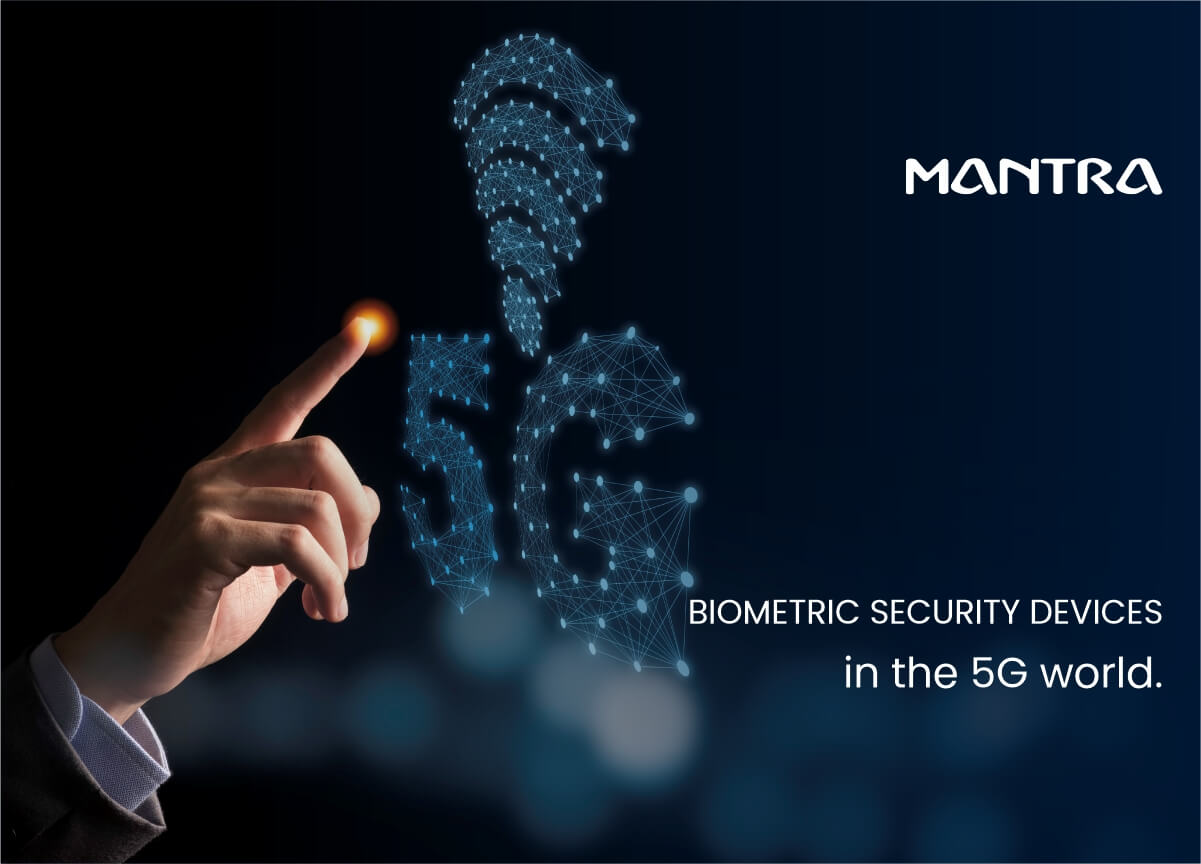
5G is the major stepstone in revolutionizing the digital world. It's how we connect fast enough to automate our lives and make our work easier. 5G will fuel up IoT usage, give the upper hand on remote process controlling over the internet, and enhance global transactions; it is much more than we said. However, security is crucial in a low-latency data network, which is why the focus is on biometric security devices. As in previous versions, biometrics will continue to be the foundation of security in 5G, more so than ever before. Let's see that in this blog.
Why is biometric security important in 5G?
The next generation of wireless technology, 5G, is expected to bring a host of new features and capabilities that will change how we live and work. A new type of device will soon rule the world of the internet across industries that connect people, networks, businesses, and the virtual world (like the metaverse) across the globe. These devices will need to be authenticated before use, which is where biometric security devices will come in. Biometrics will ensure device protection by acheive network security.
Biometric security devices are already in use in several industries, but their use will increase exponentially with the rollout of 5G. There are several reasons for this, including the fact that 5G will enable a whole new range of applications and services that will require secure authentication.
Another reason why biometric security will be more critical in 5G is that the technology will allow for significantly larger levels of data transmission than in previous generations. As a result, there will be a higher requirement to safeguard data against interception or theft.
Importance of L1 biometric scanners in 5G age
The L1 biometric scanners are designed to securely authenticate applications for global platforms, transactions, networks, etc. This end-user device-based authentication prevents a person's biometric data from being shared with other networks or devices. These devices only share a standard authentication password with the application to acquire access. The L1 devices are ideal for low latency 5G data transfer since they allow faster authentication without the need to connect to a server or cloud. The standard will improve money transactions, card use, blockchain, and virtual interaction.
Example: Biometrics beyond securing health records
The Healthcare sector is the best example of the use of biometrics. Biometrics has been in use for tracking healthcare products, patient record, access control, etc. Moreover, with the emergence of a fast 5G network, it will be possible to live monitor patients' vitals and facial expressions remotely to evaluate their condition and treat them. 5G networks bring us closer to telehealth services, with advantages in conducting telecoms-based healthcare services and potentially remote surgery. Leveraging 5G with live biometric signals will enable the health board to monitor changes in the patient's health condition remotely and live.
Also read: How Biometric Technology can Transform the Healthcare System
Conclusion:
As the world moves towards a more connected future, security is becoming an increasingly important concern. Biometric security devices offer a high level of security for IoT devices. As we saw in the healthcare example, IoT-5G interconnection enables remote control of everything from household appliances to factory processes. Biometrics will thrive as the primary security measure in sectors like healthcare, home automation, IoT, and industrial and commercial applications.
rakesh kumar tripathi
kindly approved rd services for spice money
Reply